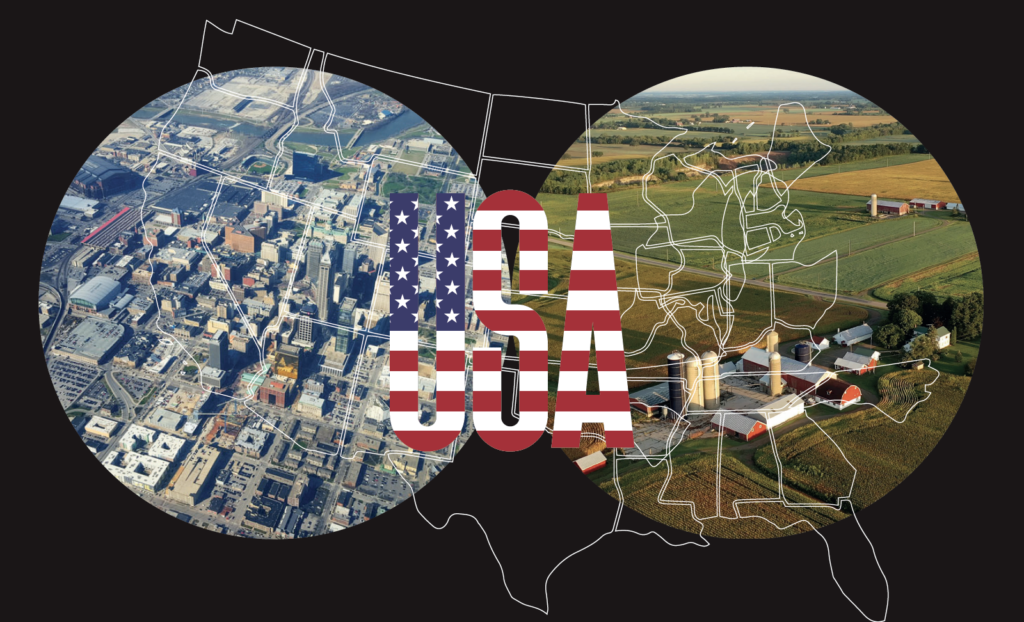 Michael Dalsing, MD, talks to Vascular Specialist about how his formative years growing up in rural Wisconsin, as well as experience of operating in inner-city Indianapolis, helped inform the topic he chose for this year’s Crawford Critical Issues Forum set to take place at Vascular Annual Meeting (VAM) in Boston: “Quality Vascular Care for All—An Aspirational Goal of Merit.”
Michael Dalsing, MD, talks to Vascular Specialist about how his formative years growing up in rural Wisconsin, as well as experience of operating in inner-city Indianapolis, helped inform the topic he chose for this year’s Crawford Critical Issues Forum set to take place at Vascular Annual Meeting (VAM) in Boston: “Quality Vascular Care for All—An Aspirational Goal of Merit.”
Even among many medical colleagues, the common misconception seems to go a little like this, says Michael Dalsing, MD, the Society for Vascular Surgery (SVS) president-elect: vascular surgeons may not have a lot of interest in preventing vascular disease before serious issues arise or, they’re “just focused on procedures.” Rather, says Dalsing, access to complete quality vascular care is a topic “all of us are interested in. I think it’s a universal mission, or goal, of every vascular surgeon. We want to make sure that everybody with vascular disorders is taken care of well, in the right time, in the right place, and by the right people.”
“We’re concerned about the full spectrum of the disease. Certainly, if we could stop the disease early and have people not have issues, that would be great. If patients get to the point where something has to be done, then we have options for them.”
That ability to reach people early forms a large part of the impetus behind why Dalsing selected matters concerning access to vascular care across the great hulking mass of the U.S.—urban and rural, insured and uninsured—for this year’s E. Stanley Crawford Critical Issues Forum, which takes place Wednesday, June 15, from 10:45 a.m.–12:15 p.m. at VAM 2022 (Hynes Convention Center, Ballroom A/B).
But the selection also drew inspiration from the incoming SVS president’s personal story. Dalsing grew up in rural Wisconsin and saw how remote communities could struggle for access to the expertise of a vascular surgeon, watching, for instance, how uncles who developed abdominal aortic aneurysms (AAAs) had to travel some distance to large cities in order to access appropriate treatment. His professional career, too, was instructive. The Indiana University School of Medicine professor emeritus has helped lead outreach efforts in inner-city Indianapolis and out into rural Indiana.
Speakers will tackle such topics as the vascular surgery workforce shortages, as predicted over the next 20 years (Michael Go, MD, associate professor of surgery in the division of vascular diseases and surgery at The Ohio State University in Columbus, Ohio); how insurance affects access to quality vascular care (Mohammad Eslami, MD, chief of vascular surgery at the University of Pittsburgh Medical Center [UPMC] Mercy in Pittsburgh); the problems associated with access in rural communities (Samantha Minc, MD, assistant professor of vascular surgery at West Virginia University in Morgantown, West Virginia); so-called “urban vascular care deserts” (Andrew Gonzalez, MD, assistant professor of vascular surgery at Indiana University School of Medicine); the potential role of vascular population health initiatives on quality care for all (Leila Mureebe, MD, professor of vascular surgery at Duke University in Durham, North Carolina); and how diversity and inclusion impact the kind of care patients receive (Vincent Rowe, MD, chief of the vascular surgery service at the University of Southern California in Los Angeles).
Talks will be limited to seven minutes each to allow a maximum amount of time for discussion.
“The way I chose the speakers was based on either leadership roles in the SVS that dovetailed with the topic, or they may have published on something that I thought would bring a different perspective to the discussion,” explains Dalsing.
The final presentation is being given by Jens Eldrup-Jorgensen, MD, leader of the SVS Foundation Vascular Volunteers In Service To All (VISTA) program, an early-stage select series of pilot projects aimed at enhancing vascular healthcare in underserved communities—rural and urban—or areas of need, such as among African Americans, Hispanics, Native Americans and others who lack access due to low socioeconomic status. “VISTA looks at ways to address some of these shortages, it looks beyond what we are observing in the community and into potential solutions,” says Dalsing. In some cases, areas identified for improvement might simply rest on education, he continues. “How do people know they have a vascular issue? Some have no idea. They don’t know that the infection on their toe is due to the fact they don’t have enough blood supply.”
Or it might involve providing local providers with a go-to vascular surgeon to ask how best to take care of patients they think may have vascular problems, Dalsing says. “I think these early pilot projects might give us a real good idea about how we might extrapolate programs into bigger populations, or other areas, or also what is most important to provide up front, and then how you work from there.”
The SVS has undertaken considerable work in trying to get in front of U.S. legislators in an effort to create a level playing field for access to vascular care, adds Dalsing. Which gets back to the heart of his forum topic. “You shouldn’t have to come to Indianapolis to make sure you’re going to be OK if you have a vascular problem,” he says. “You should be able to get care that is appropriate no matter what.”












